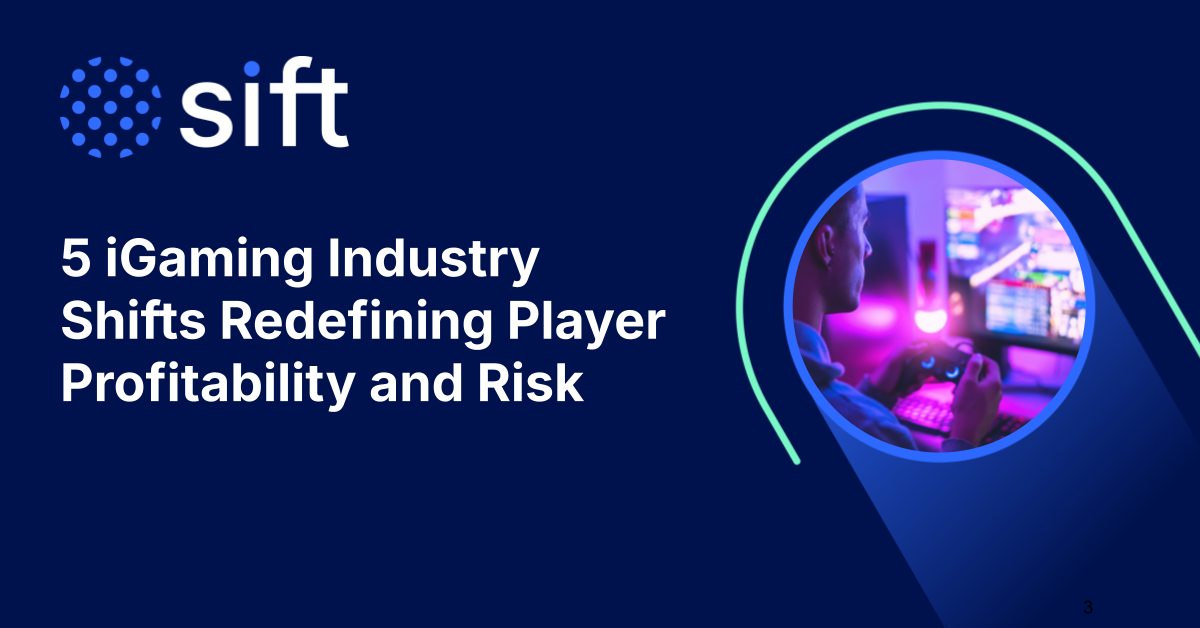Selecting the right fraud prevention solution isn’t easy. There are a broad range of offerings currently on the market, making it complex to understand which solution capabilities are the right fit for your business. As you begin the evaluation process, there are key considerations to keep in mind when looking at fraud prevention platforms.
Finding the right solution means not having to choose between reducing fraud or increasing revenue. Adopting a complete fraud solution, such as a Digital Trust & Safety platform, gives your business control and transparency over your fraud operations and helps you expand securely and drive revenue.
Digital Trust & Safety platforms with comprehensive capabilities are complete solutions that allow you to manage a wide variety of fraud types. These solutions leverage machine learning (ML) to analyze user interactions throughout the entire customer journey and enable proactive decisions that stop fraud before it happens. They offer global models that are fueled by a shared intelligence data network, as well as custom models that are customized to your specific business.
While every platform solution includes unique features, there are core components that are common across most: the decision engine; case management, orchestration, reporting, and simulation capabilities; and consortium risk assessment through shared intelligence.
Decision engine
Decision engines are the brains of the solution. This is where capabilities like models and rules reside. A decision engine provides a recommendation that is mapped to an order management system and influences the status of a transaction. One of the most important considerations when evaluating a vendor’s decision engine is the level of control it provides the end user. Control is critical, because the decision engine is responsible for determining which transactions are approved and which are denied. Without the ability to modify decision engine logic, companies must rely on the solution provider to make changes for them. If they are not quick to act, this can result in an increase in fraud losses.
What to look for:
- Control: Does the decision engine allow you to modify logic through custom rules and score threshold configurations?
- Transparency: Does the decision engine output provide intuitive decision explainability that allows your fraud analysts to understand why a transaction was approved, challenged, or denied?
Case management
This capability is used to view, group, investigate, and make decisions on transactions within a user interface. After the decision engine flags transactions, reviewers can determine whether the transaction should be accepted or denied. Case management typically includes research capabilities that help fraud analysts to uncover key signals and identify related transactions. Functionality like advanced search and link analysis are critical to the success of fraud analysts.
What to look for:
- Control: Does the case management system allow for custom queue development and modifications to the search and transaction review pages to meet the needs of the fraud operations team?
- Research capabilities: Does the tool provide functionality to expedite fraud investigations? Does it include link analysis that is both visual and functional, allowing the fraud analyst to apply decisions from the visualization?
Orchestration capabilities
Sometimes referred to as “decision orchestration” or “orchestration hubs,” this capability allows for dynamic callouts to internal and third-party data sources. These callouts will depend on the riskiness of the login or transaction. Orchestration capabilities are important when a business chooses to leverage multiple third party tools to address a single use case.
What to look for:
- Optionality: Does the solution support multiple third-party capabilities that enhance your fraud and authentication strategies?
- Custom integrations: Is the solution provider able to add new integrations based on your custom business needs?
Reporting & simulation capabilities
Reporting is crucial for understanding the performance of a fraud solution. Top-level metrics and productivity data give a well-rounded view of what’s happening to approval and acceptance rates. It also helps quantify how much fraud a business is facing, and how effective the trust and safety program is at combating it.
Simulation capabilities allow end users to create scenarios with proposed changes to their decision strategy. For example, if a new rule is being introduced or the parameters to an existing rule are being changed, the end-user can simulate the potential outcome of that change.
What to look for:
- Transparency: Does the solution offer reports that allow you to measure the performance of the product? Are there reports tailored to fraud operations to measure the performance of the fraud team?
- Control: Does the solution provide simulation capabilities that allow you to experiment with different changes to your decision strategies without having to leave the platform?
Consortium risk capabilities
Consortium risk capabilities allow fraud solution users to benefit from shared intelligence networks. When one client detects a bad actor, other clients can benefit from this knowledge. This becomes particularly useful when a company sees a unique bad actor for the first time, but one who is exhibiting known behaviors and patterns that are picked up by the global intelligence network.
What to look for:
- Automation: Are the solution’s consortium capabilities updated in real time with each fraud analyst decision?
- Scale: Does the vendor have a large and diverse client base spanning multiple types of merchants and financial service companies that fuel the shared intelligence network?
On the surface, fraud solutions can appear similar from a use case and functionality perspective. Understanding how the core capabilities of each fraud solution work and how they fit your business needs will help you narrow your search. While some solutions may check all the boxes you’re looking for, certain functionalities may not actually fit your use case based on how the vendor developed it. Keep these questions and capabilities in mind as you evaluate the best solution for your needs.
Learn how Sift’s Digital Trust & Safety Platform makes fraud detection smarter, simpler, and more flexible with intelligent automation at every touchpoint.







